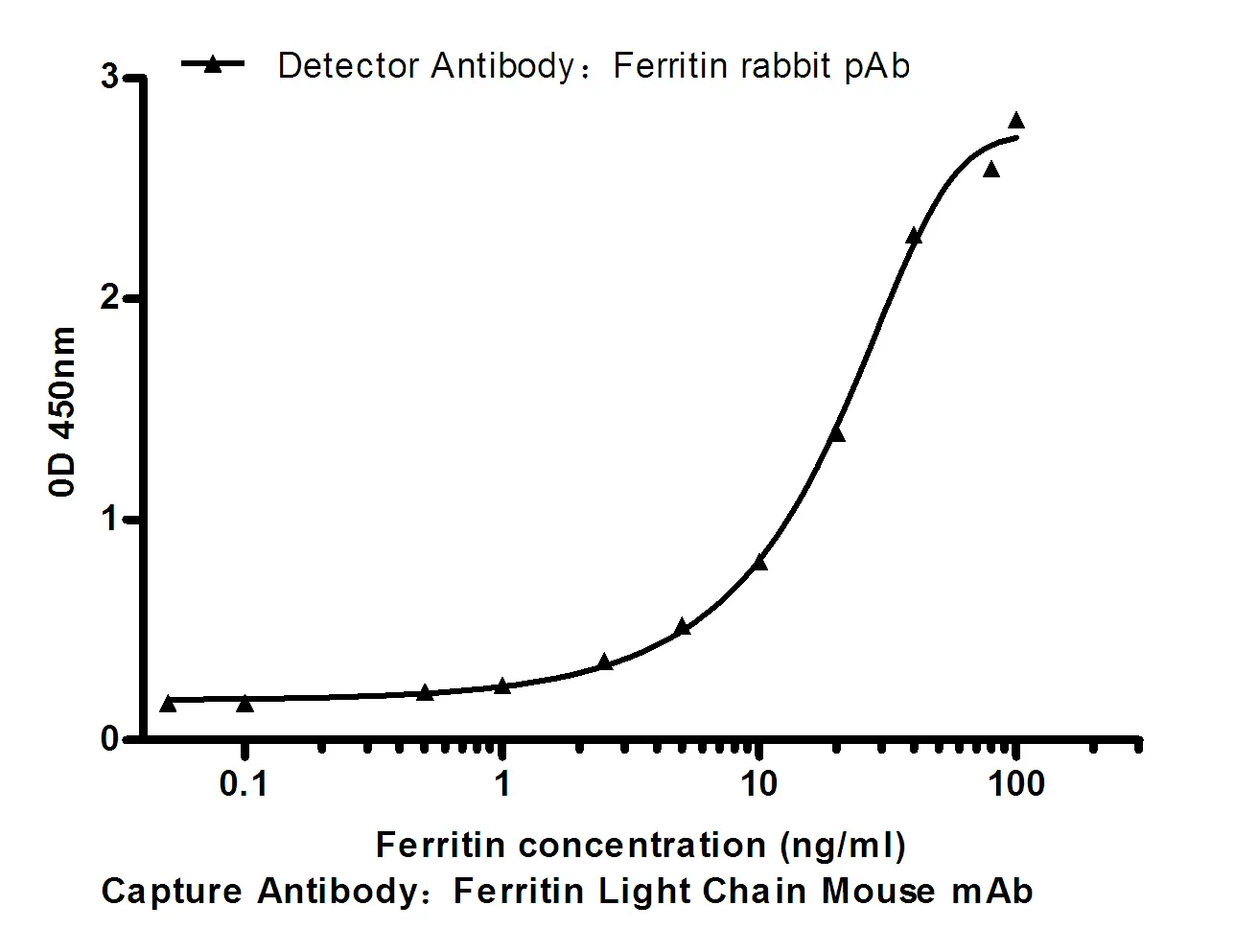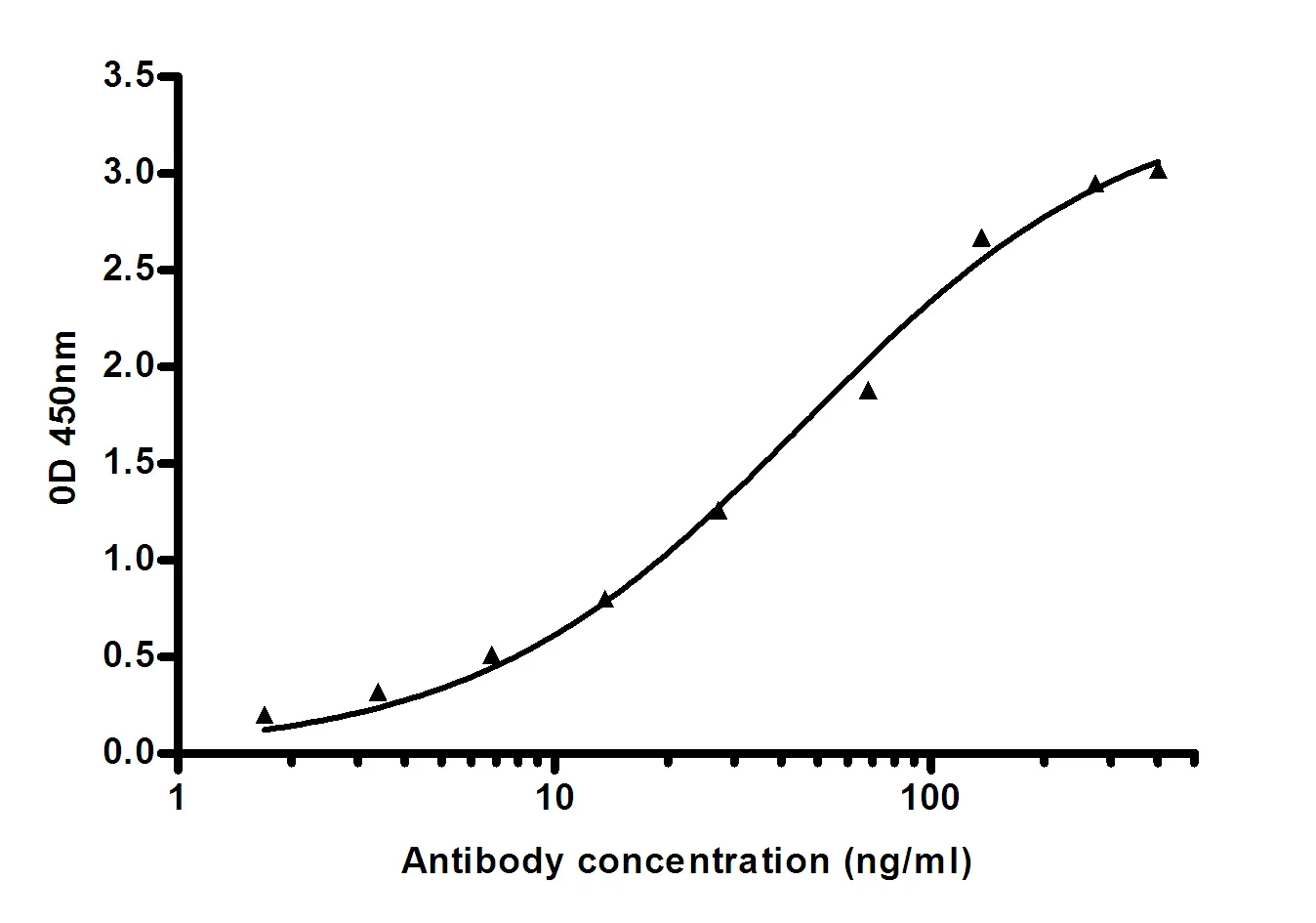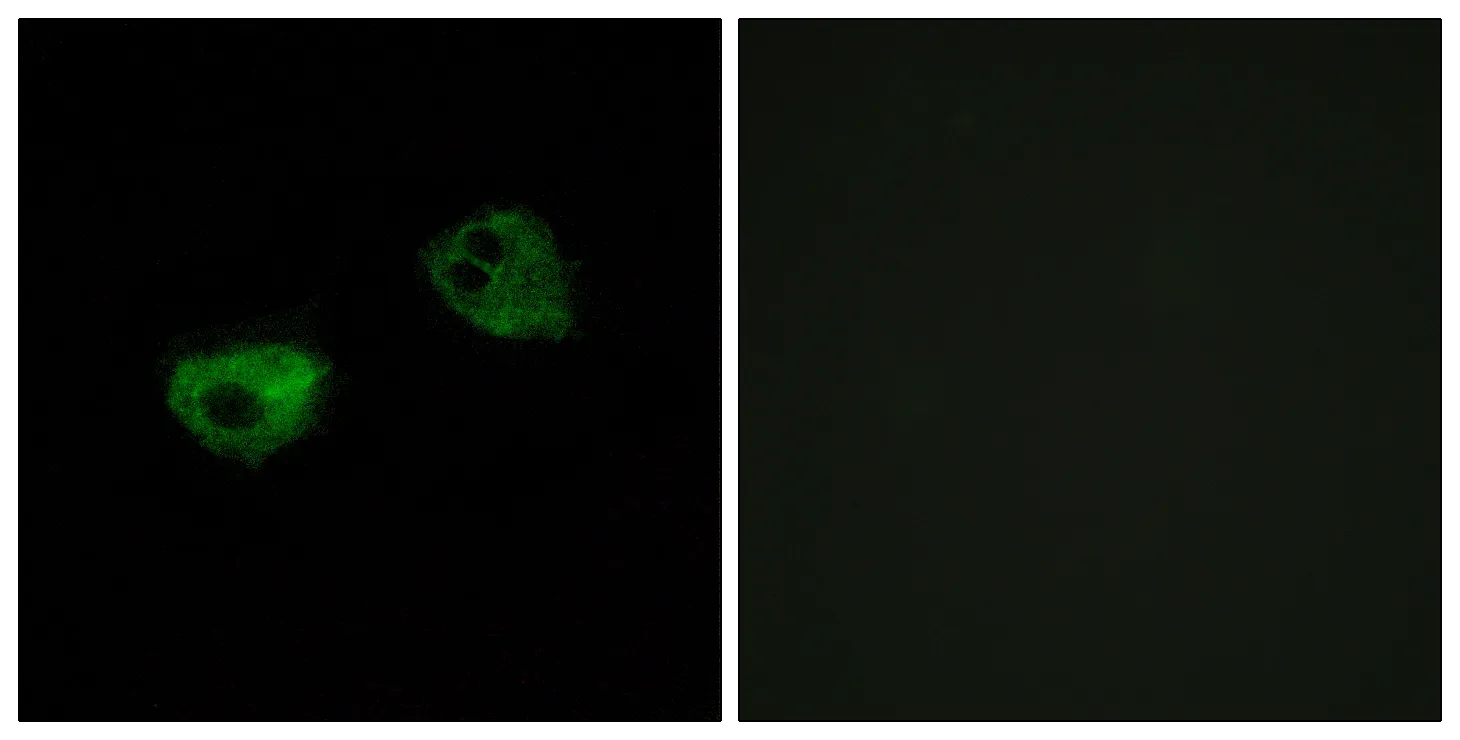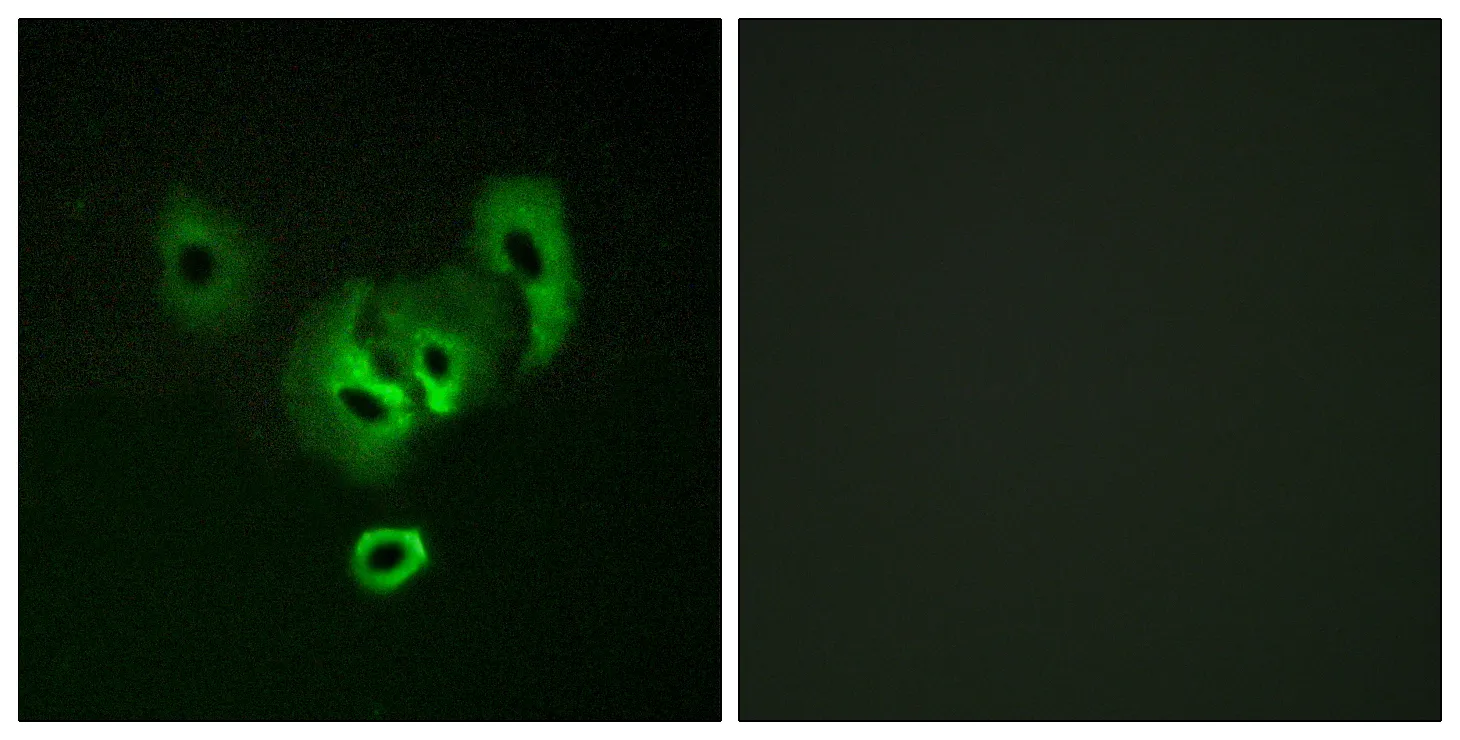Summary
Performance
Immunogen
Application
Background
This gene encodes a member of a small family of proteins that inhibit phospholipase D2 and may function in neuronal plasticity. The encoded protein is abundant in lesions of patients with Alzheimer disease. A mutation in this gene was found in individuals with dementia with Lewy bodies. Alternative splicing results in multiple transcript variants. [provided by RefSeq, Dec 2015],disease:Brain iron accumulation type 1 (NBIA1, also called Hallervorden-Spatz syndrome), a rare neuroaxonal dystrophy, is histologically characterized by axonal spheroids, iron deposition, Lewy body (LB)-like intraneuronal inclusions, glial inclusions and neurofibrillary tangles. SNCB is found in spheroids but not in inclusions.,function:Non-amyloid component of senile plaques found in Alzheimer disease. Could act as a regulator of SNCA aggregation process. Protects neurons from staurosporine and 6-hydroxy dopamine (6OHDA)-stimulated caspase activation in a TP53/p53-dependent manner. Contributes to restore the SNCA anti-apoptotic function abolished by 6OHDA. Not found in the Lewy bodies associated with Parkinson disease.,PTM:Phosphorylated. Phosphorylation by G-protein coupled receptor kinases (GRK) is more efficient than phosphorylation by CK1, CK2 and CaM-kinase II.,similarity:Belongs to the synuclein family.,tissue specificity:Expressed predominantly in brain; concentrated in presynaptic nerve terminals.,
Research Area






